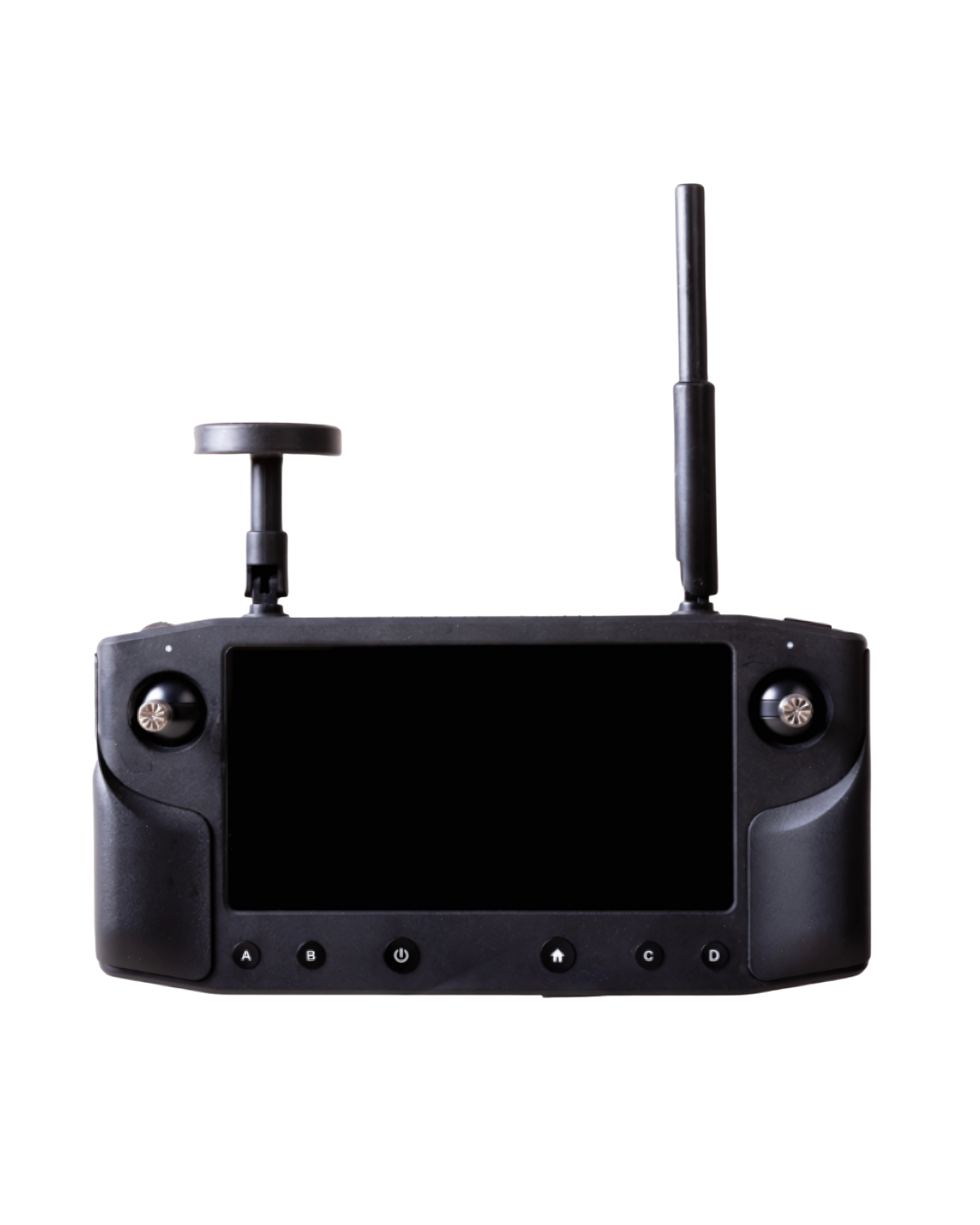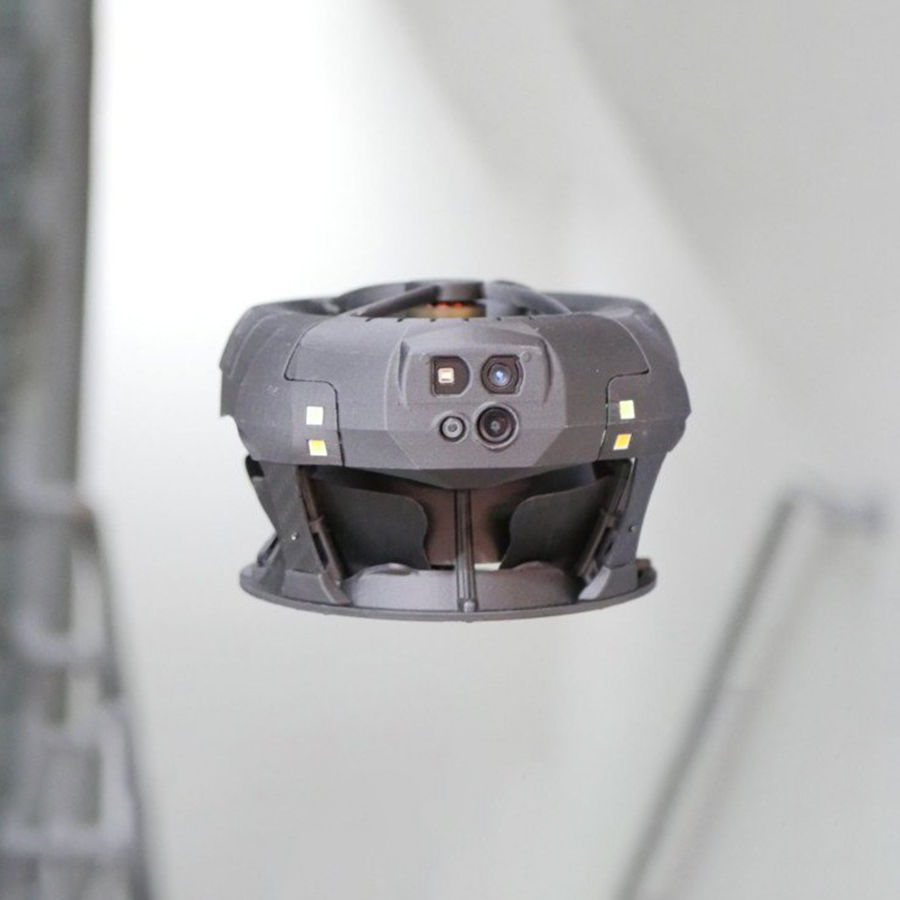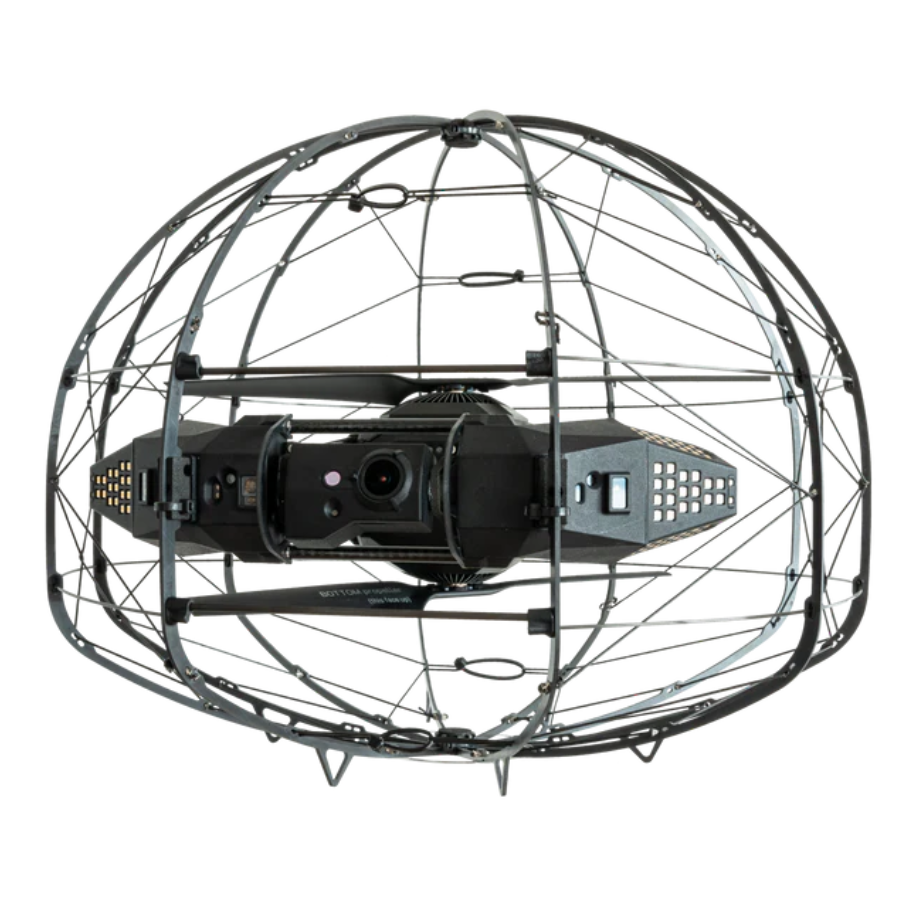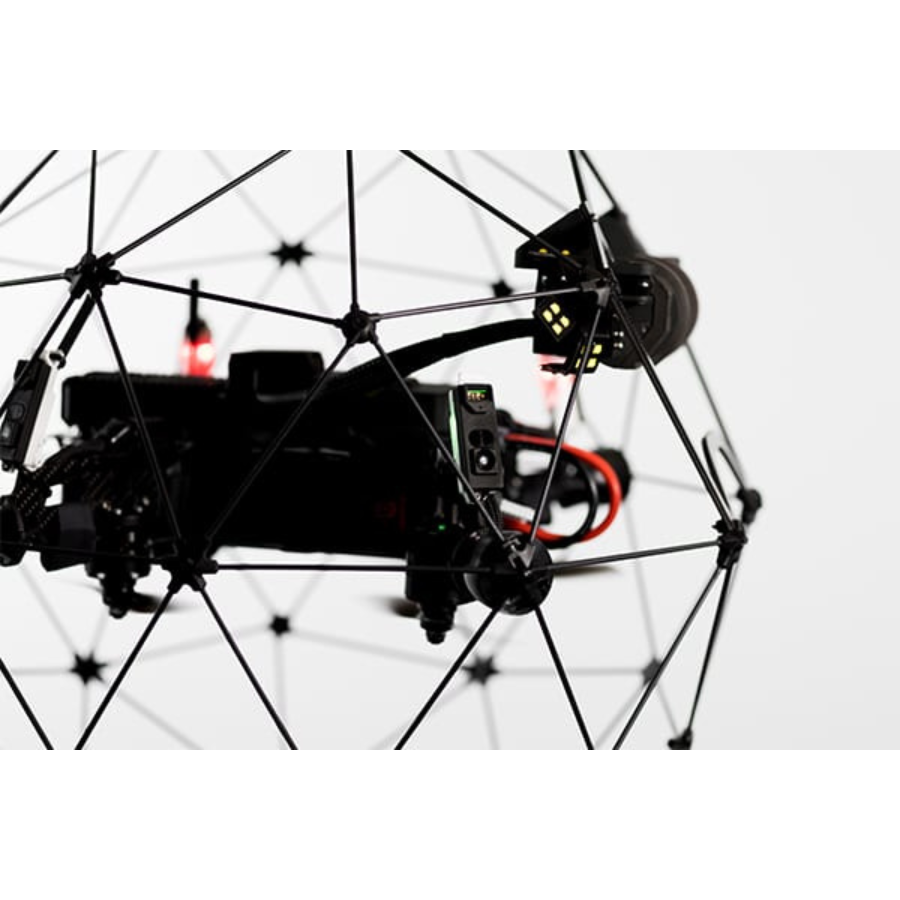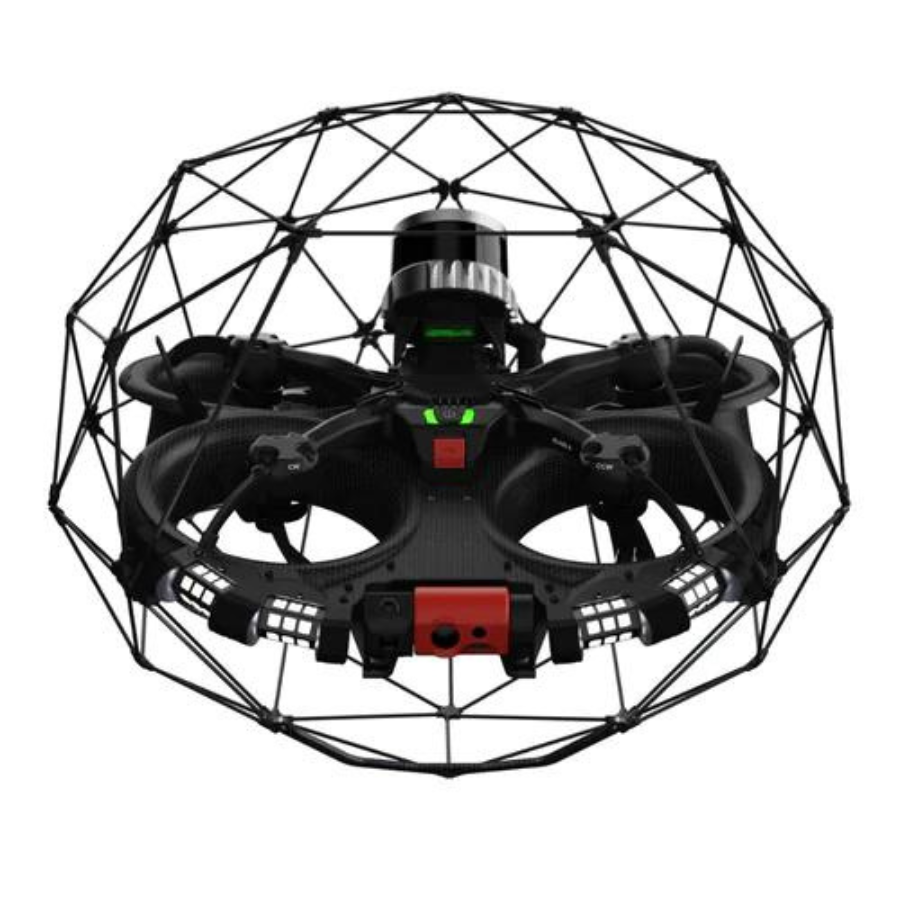Confined space inspection drones are rapidly transforming how industries handle challenging environments. Specifically, these specialized drones navigate tanks, tunnels, and sewers, where humans face hazards or impractical access. Moreover, they come equipped with high-resolution cameras, powerful lighting, and collision-tolerant designs. Therefore, they capture detailed visual data even in low-visibility conditions. Additionally, they eliminate the need for scaffolding or confined space entry. As a result, they improve safety, reduce inspection time, and lower operational costs. Furthermore, their versatility makes them essential tools across sectors like oil and gas, infrastructure, and utilities. Consequently, industries increasingly rely on these drones for safer, faster inspections.
FAQ’s
What are confined space inspection drones?
Confined space inspection drones are specially designed UAVs that navigate tight, hazardous areas like tanks, tunnels, and sewers to capture detailed visual data.
Why use drones for confined space inspections?
Firstly, drones enhance safety by eliminating the need for humans to enter dangerous spaces. Additionally, they speed up inspections and reduce operational costs.
What features do these drones have?
These drones typically include high-resolution cameras, powerful lighting, and collision-tolerant designs. Consequently, they perform well even in low-visibility environments.
Which industries benefit from confined space inspection drones?
Primarily, sectors like oil and gas, utilities, infrastructure, and manufacturing rely on these drones for safer and more efficient inspections.
Can these drones operate in complete darkness?
Yes, their powerful lighting systems enable operations in dark, confined spaces, ensuring clear and detailed image capture.
How do drones reduce inspection time?
By quickly navigating complex areas without scaffolding or setup, drones provide real-time data, significantly speeding up the inspection process.
Are these drones easy to operate?
While operation requires some training, modern drones come with intuitive controls and automated flight features, making them accessible to trained operators.
Do drones completely replace human inspectors?
Not entirely; however, they reduce the need for risky human entry and complement manual inspections by providing critical visual data.
What safety measures do these drones have?
They often feature collision avoidance, stable flight controls, and durable designs to prevent accidents in tight spaces.
How do I choose the right confined space inspection drone?
Consider factors like camera quality, lighting, flight time, and maneuverability based on your specific inspection needs.


